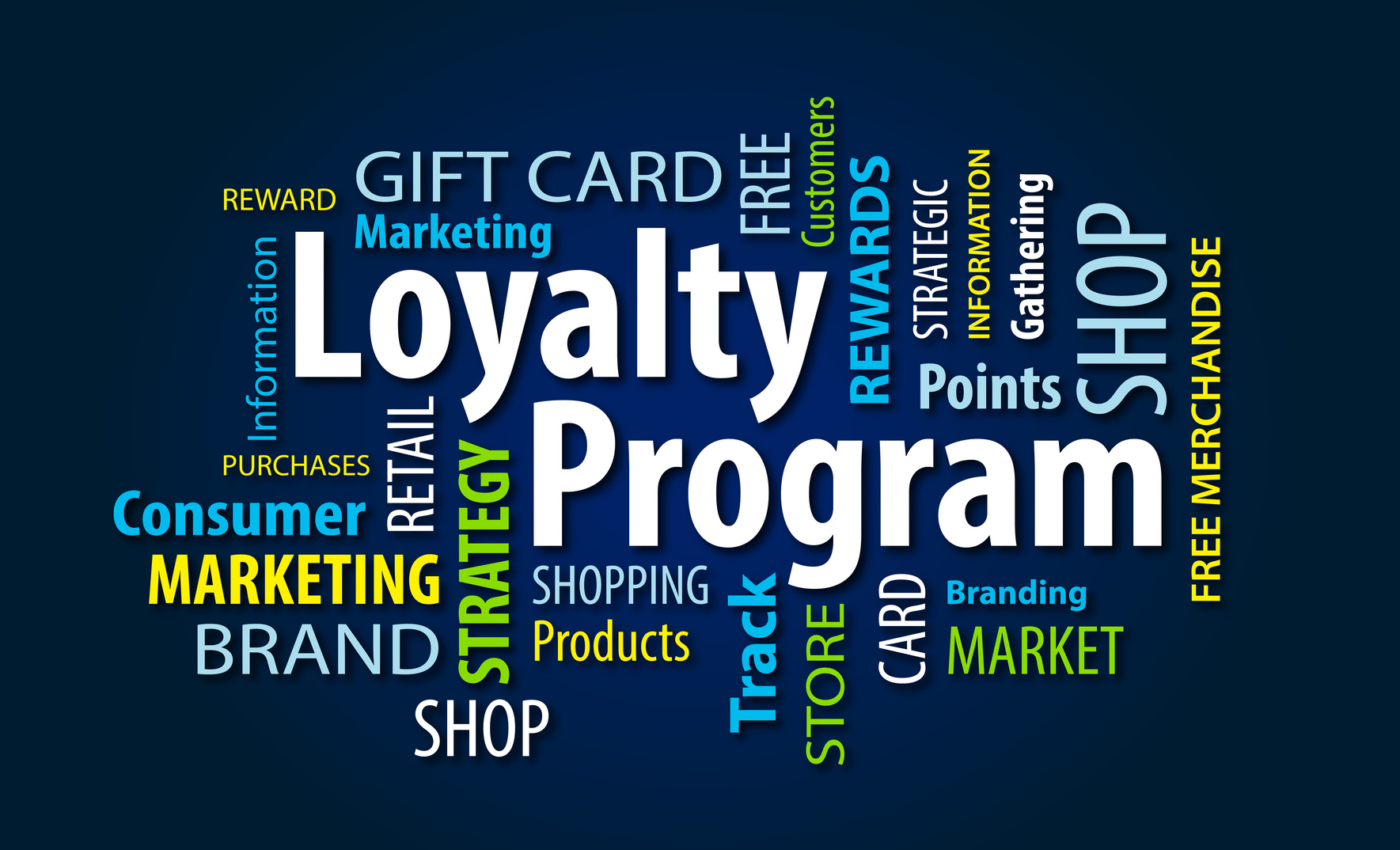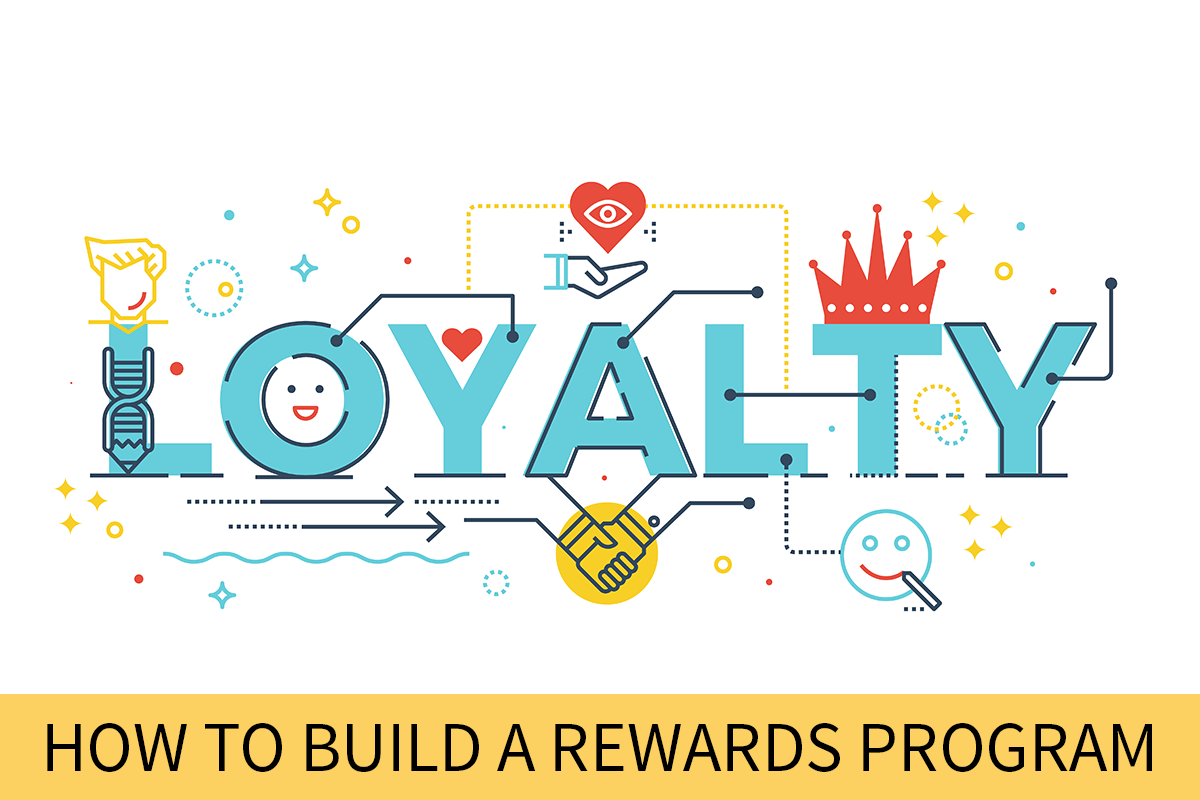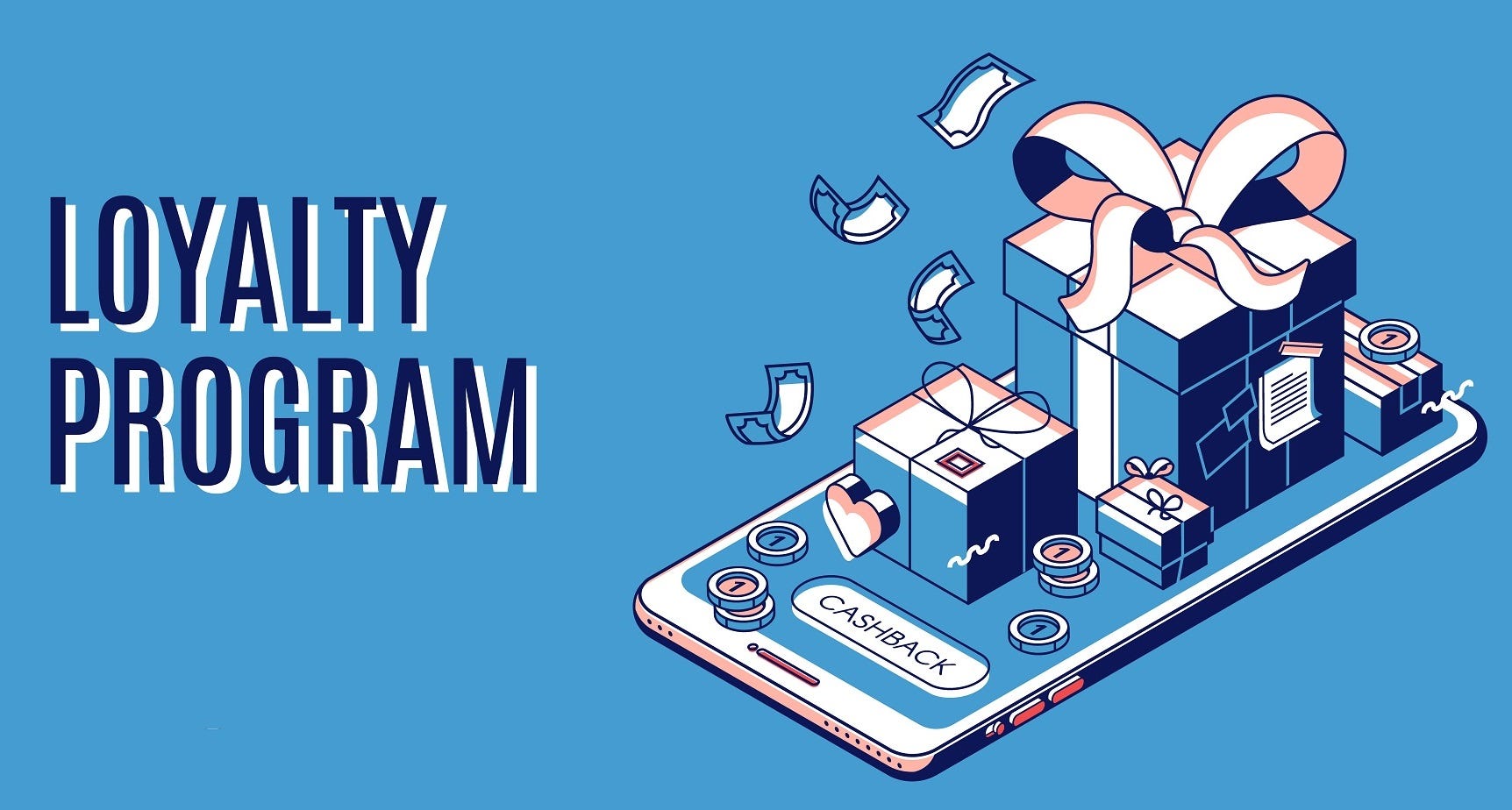All Categories
Featured
Table of Contents
In Lockport, NY, Iris Browning and Viviana Roy Learned About Type Of Content

What if you could grow your company without increasing your spending? In truth, what if you could actually minimize your spending however increase your sales, every year? Would you do it? If you're a company owner, then you'll likely give a definite 'yes', a basic answer to an even simpler concern.
A benefits program tracks and benefits particular spending behavior by the consumer, providing unique advantages to loyal clients who continue to shop with a specific brand. The more that the consumer invests in the store, the more benefits they get. With time, this reward constructs loyal clients out of an existing consumer base.

Even if you already have a reward program in location, it's an excellent idea to dig in and completely comprehend what makes consumer commitment programs work, along with how to implement one that costs you little cash and time. Don't worry, I'll help you with that. I'll break down the primary benefits of a loyalty program and the very best methods to create loyal consumers.
Let's dig in. Customer loyalty is when a consumer go back to do company with your brand name over your rivals and is mainly influenced by the positive experiences that the client has with your brand name. The more positive the experience, the most likely they will go back to shop with you. Consumer loyalty is extremely crucial to companies due to the fact that it will help you grow your service and sales faster than a basic marketing plan that concentrates on hiring brand-new consumers alone.
A few methods to determine customer loyalty include:. NPS tools either send out a brand performance study through email or ask consumers for feedback while they are checking out a service's website. This info can then be utilized to better comprehend the possibility of consumer commitment. A repurchase ratio determines the ratio of repeat buyers versus one-time buyers.
Consumer loyalty index (CLI). The CLI tracks consumer commitment in time and is comparable to an NPS survey. Nevertheless, it considers a few additional aspects on top of NPS like upselling and redeeming. These metrics are then utilized to examine brand loyalty. A client commitment program is a marketing technique that rewards clients who make purchases and engage with the brand on a continued basis.
Customer rewards programs are designed to incentivize future purchases. This encourages them to continue working with your brand name. Client commitment programs can be set up in various methods. A popular client commitment program benefits consumers through a points system, which can then be invested on future purchases. Another kind of customer commitment program might reward them with member-exclusive perks or complimentary gifts, or it may even reward them by donating cash to a charity that you and your clients are mutually passionate about.
In Lincoln Park, MI, Nickolas Brooks and Tucker Frye Learned About Emotional Response
By providing rewards to your customers for being loyal and supportive, you'll develop a rapport with them, deepening their relationship with your brand name and ideally making it less likely for them to switch to a competitor. You have actually likely seen client loyalty programs in your own shopping experience, whether at your preferred cafes or your most frequented supermarket.
But simply since everybody is doing it does not suggest that's a good enough reason for you to do it too. The better you understand the benefits of a consumer rewards program, the more clearness you will have as you develop one for your own shop. You won't be sidetracked by interesting advantages and complicated loyalty points systems.
Remember: work smarter, not harder. Customer retention is the main advantage of a rewards program that functions as a structure to all of the other advantages. As you provide rewards for your existing client base to continue to buy from your store, you will supply your store with a constant circulation of money month after month.
By growing your retention rate, you can stop investing as much time or cash on increasing your total number of clients. Why is this essential? Faithful consumers have a greater conversion rate than brand-new consumers, implying they are more likely to make a transaction when they visit your store than a brand-new consumer.
By increasing your retention rate by just 5 percent, you can increase your profits by 25 percent and as much as by 95 percent. Needless to state, your retention rate matters. Secret Takeaway: If you desire to significantly increase your earnings, provide rewards for your existing customers to continue to patronize your store.
And you will not have to invest cash on marketing to get them there. Client acquisition (aka generating new customers) takes a lot of effort and cash to convince complete strangers to trust your brand name, come to your shop, and attempt your items. In the end, any money made by this new consumer is overshadowed by all of the cash spent on getting them there.
Secret Takeaway: If you want to reduce spending, focus on client retention instead of consumer acquisition. When you concentrate on offering a favorable tailored experience for your existing consumers, they will naturally inform their family and friends about your brand name. And with each subsequent transaction, loyal consumers will inform even more individuals per deal.
In 91387, Lisa Mason and Frances Browning Learned About Social Media
The very best part? Because these new clients came from relied on sources, they are more most likely to turn into devoted consumers themselves, spending more on typical than new clients generated by other marketing efforts. The Chase Ultimate Rewards program, for instance, uses major benefits for individuals who travel a lot.
The 'supreme rewards' that Chase cardholders get consist of 2x points per dollar invested in all travel purchases in addition to primary rental vehicle insurance, no foreign deal fees, trip cancellation insurance, and purchase defense. For people who travel a lotand have disposable earnings to do sothere is a massive reward to spend cash through the ultimate benefits program.
This entire process makes redeeming benefits something worth extoling, which is precisely what lots of cardholders end up doing. And to help them do it, Chase uses a bonus for that too. Key Takeaway: Make it simple for your clients to extol you and they will get the word out about your buy free.
When you get the basics down, then using a loyalty rewards app can help take care of the technical details. Here are the steps to begin with creating your consumer loyalty program. No customer wants to purchase items they don't desire or need. The very same goes for your loyalty program.
And the only way to customize an irresistible consumer commitment program is by intimately knowing your consumer base. The finest way to do this? By implementing these methods: Develop client contact information any place possible. Guarantee your business is continuously constructing an in-depth contact list that enables you to gain access to existing clients as typically and as quickly as possible.

Track consumer habits. Know what your customers desire and when they desire it. In doing so, you can anticipate their wants and requires and provide them with a loyalty program that will satisfy them. Classify consumer individual qualities and preferences. Take a multi-faceted technique, don't limit your commitment program to just one avenue of success.
Encourage social networks engagement. Frame methods to engage with your customers and target market on social networks. They will soon supply you with really informative feedback on your product or services, enabling you to much better comprehend what they anticipate from your brand name. As soon as you have exercised who your clients are and why they are doing service with your brand name, it's time to decide which type of loyalty benefits program will encourage them to stay loyal to you.
In 8807, Yazmin Cooke and Crystal Shaffer Learned About Type Of Content
Nevertheless, the most common client loyalty programs centralize around these main ideas: The points program. This kind of program concentrates on rewarding customers for each purchase they make with points in a point system. These points can then either be utilized on future purchases or put towards some type of reward.
The paid program. This type of program needs clients to pay a one-time or yearly charge to join your VIP list. Commitment members who belong to this list have the ability to access unique benefits or member-exclusive advantages. The charity program. This type of program is a little bit various than the others.
This is accomplished by motivating them to do organization with the brand and, in return, their commitment will be rewarded with a contribution to a charity. The tier program. This type of program concentrates on increasing levels of brand loyalty. The more devoted a customer is to a brand name, the higher tier they will reach and the much better the benefits they will receive.
This type of program is just as it sounds, where one brand name partners with another brand to provide their collective audiences with exclusive member discount rates or deals that they can redeem while doing company with either brand. The community program. This type of program incentivizes brand loyalty by offering its members with access to a like-minded community of people.
This kind of program is fairly comparable to paid programs, nevertheless, the subscription charge takes place regularly rather than a one-time payment. Next, pick which consumer interactions you want to reward. Base these rewards around which interactions benefit your organization one of the most. For instance, to help your company out, you can provide action-based benefits like these: Reward clients more when doing company with your brand name throughout a slow duration of the year or on an infamously sluggish day of service.
Reward customers for engaging with your brand on social networks. Incentivize certain items you are attempting to move quickly. Incentivize purchases that are over a specific dollar quantity. The idea is to make your consumer commitment program as simple as possible for your clients to utilize. If your customer commitment program isn't staff friendly, isn't simple to track, is too expensive to run, or isn't simple for your consumers to use or comprehend, then staff and consumers alike most likely won't take benefit of it.
To get rid of these barriers to entry, think about incorporating a client loyalty software application that will assist you continue top of all of these aspects of your program. Some quality consumer program software application consist of:. CandyBar is a digital punch card program. It works by tracking your consumer's purchases through an app on a computer system, phone, or tablet.
In 19002, Lisa Mason and Devan Caldwell Learned About Online Sales
Loyalty members can then examine their rewards through text and company owner can utilize the program to contact their consumers. Yotpo. Yotpo is a cloud-based client loyalty platform exclusively for eCommerce businesses. This software is particularly great at gathering every kind of user-generated material, useful for customizing a much better consumer experience.
Loopy Commitment is a helpful client loyalty software application for companies that predominantly use Google Wallet or Apple Pay as their payment platforms. The software develops a digital commitment card that sends push notices to their customers' phones when they are in close distance to their brick and mortar store. Once you've made the effort to choose which consumer loyalty methods you are going to implement, it's time to begin promoting and registering your very first loyalty members.
Usage in-store ads, integrate call-to-actions on your website, send out promotions via e-mail newsletters, or upload advertising posts on social media to get your consumers to join. It is very important to comprehend the primary advantages of a client rewards program so that you can develop an individualized experience for both you and your consumer.
Consider it. You understand what type of products your clients like to buy but do you understand what brings them back, day after day, week after week? What makes them select your shop over the store across the street? What makes them your customer and not the client of your most significant competitor? Remarkably, the responses to these concerns don't boil down to discount prices or quality items.
Table of Contents
Latest Posts
In Statesville, NC, Alisson Holt and Hayley Reynolds Learned About Gift Guides
In Staunton, VA, Valentina Franklin and Sterling Payne Learned About Special Offers
In Mcallen, TX, Orion Booth and Dixie Everett Learned About Agile Workflows
More
Latest Posts
In Statesville, NC, Alisson Holt and Hayley Reynolds Learned About Gift Guides
In Staunton, VA, Valentina Franklin and Sterling Payne Learned About Special Offers
In Mcallen, TX, Orion Booth and Dixie Everett Learned About Agile Workflows